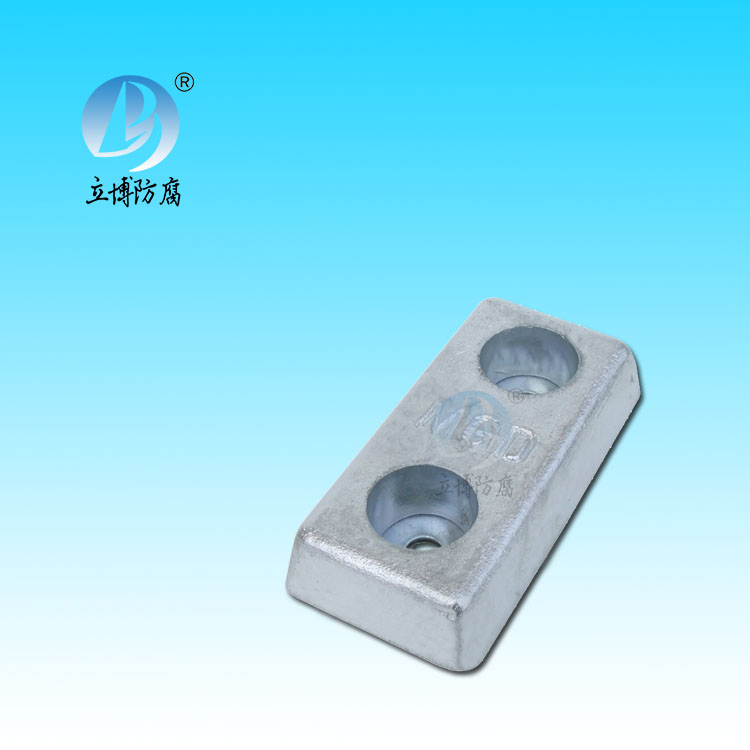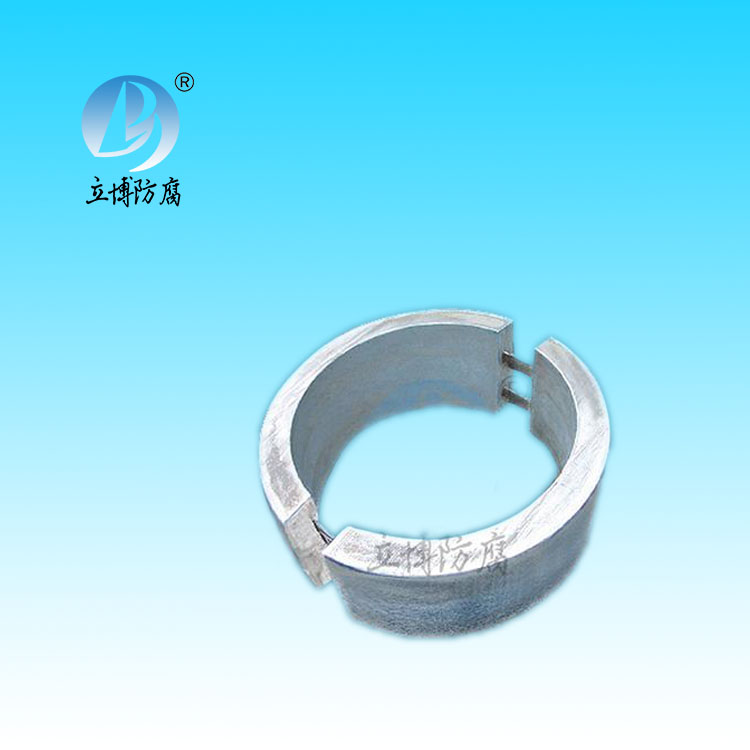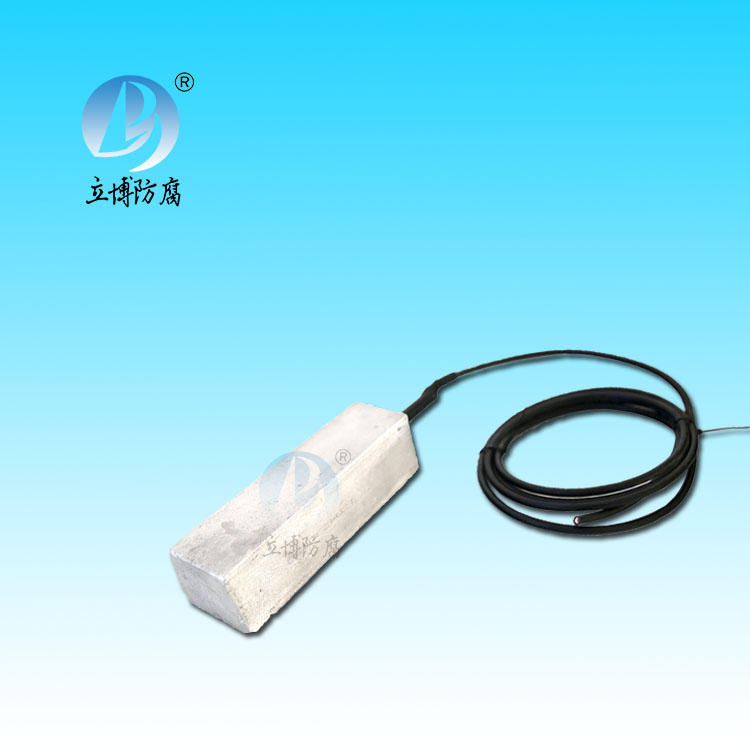News
News
- What is a sacrificial anode
- Basic requirements for reference...
- What does the reference electrode do...
- Why are zinc blocks attached to the ...
- What is the principle of impressed...
- What material does metal structure...
Contact
Phone:18739187123
hotline:0391-7588881
E-mail:970512272@qq.com
Address:Wuzhi County, Jiaozuo City, China
Company News
Magnetization of anodic oxide film of aluminum
- Author:Libo
- Source:wwww.godsgracesalon.com
- Date:2021-06-11
- Click:0
It is well known that various metals can be electrodeposited in the micropores of anodized aluminium films. If iron, drill, nickel and their alloys are electrodeposited, anodized films of this structure appear magnetic and can be used for data storage or other magnetic records. Due to the shape of micropores, the precipitated metals exhibit columnar structures, opening up the possibility of high-density magnetic recording.
The performance of disks with dispersed iron oxide or metal drilling film was measured. It was found that the magnetic recording density of drilling film with high coercivity was nearly three times higher than that of coated iron oxide.
The epitaxial growth of electrodeposited metals also exists in the micropores of anodic oxide films. The authors and colleagues formed a 20um sulfuric acid anodized film on a pure aluminum plate, and electrodeposited iron, drill, nickel and their alloys in the micropores to make various magnetic films.
Since the surface of aluminum is generally quite soft, it is customary to harden the surface before use. Anodic oxidation provides a method for surface hardening. Lubricants or low shear metal filling in the micropores of anodized films is an effective way to provide self-lubricating properties.
(l) lubricant of cleavage plane. Lubrication is provided by the sliding of hexagonal plates on the surface, which is, at least in theory, only two molecules thick.
(2) lubricant of soft metal film. When a hard metal matches a soft metal, the soft metal deposits onto the surface of the hard metal, and the soft metal itself acts as a lubricant.
Tin is electrodeposited on an anodized sulphuric acid film of about 10um thickness. The micropores are filled with tin and then covered on the anodized film surface. The friction coefficient is then measured using the instrument mentioned above.
As long as there is very little tin left on the surface, it can show significant lubrication. This treatment has been applied to aluminium rolls over 300,000 times without change, presumably because the metal tin remains in the pores of the anodized film to lubricate it. The precipitation of tin in micropores provides self-lubrication, and the following points should be noted:
(l) The metal tin crystals precipitated in the micropores of the anodic oxide film are very fine.
(2) The metallic tin shows several slip planes.
(3) Tin metal is not easy to work hardening compared with other metals.
This anodized film uses soft metal as a self-replenished solid lubricant, but it is not available in all circumstances, mainly for use in the case of relatively small load.







 客服QQ
客服QQ